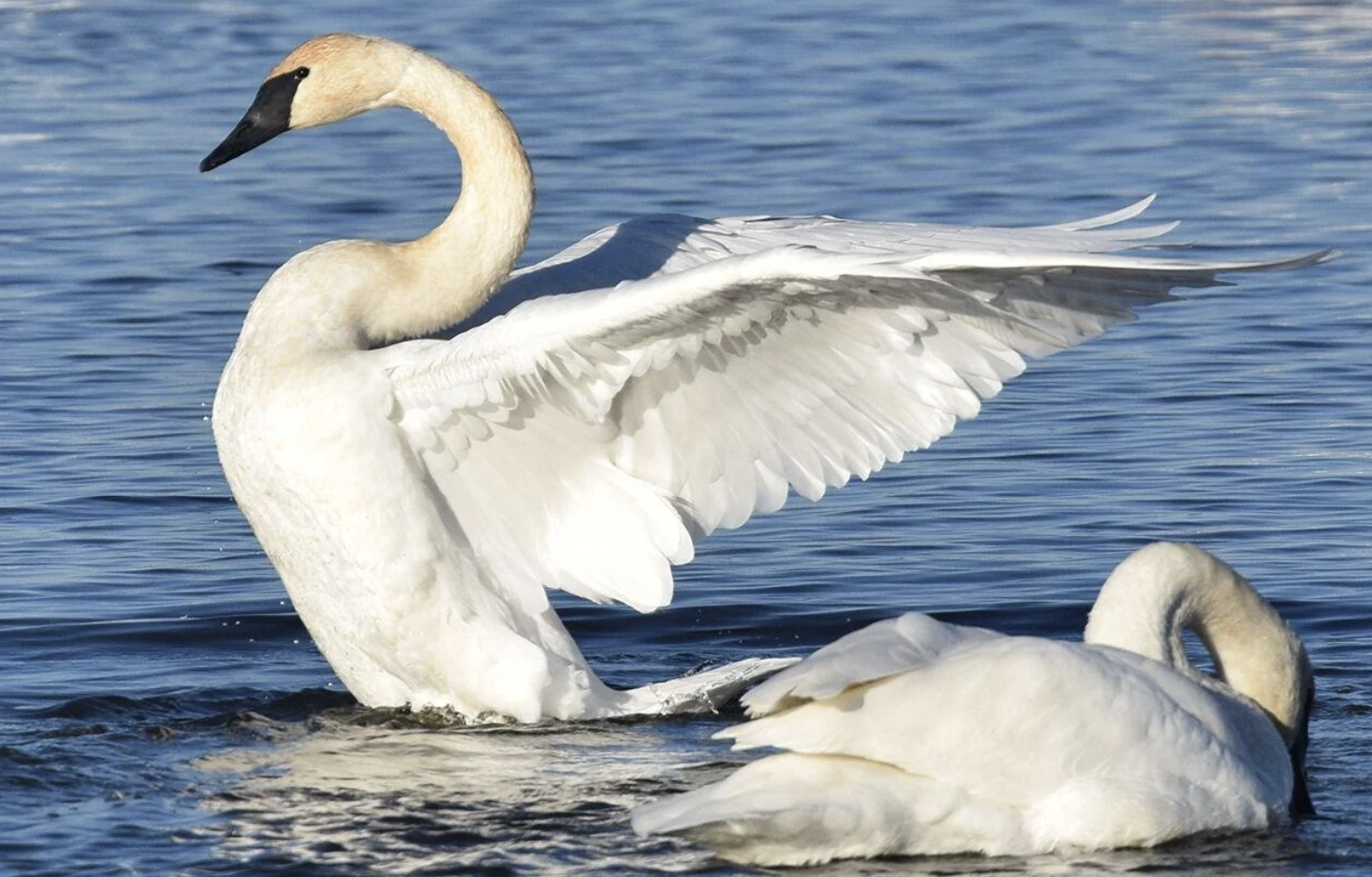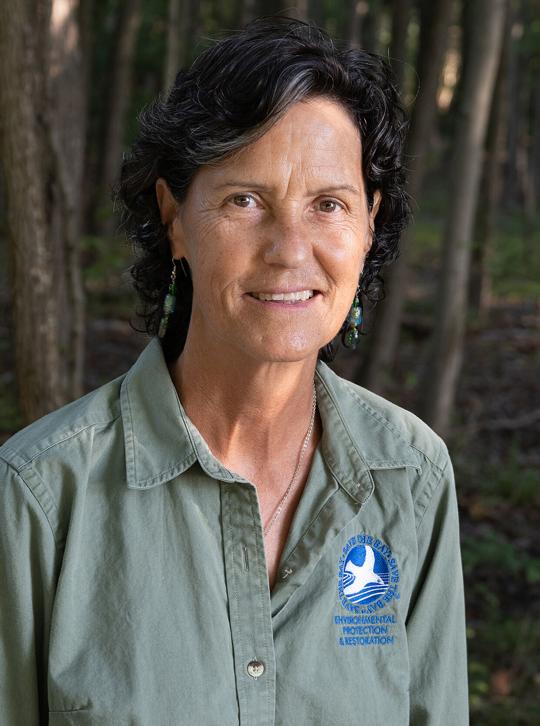Wicomico County is home to more than 100,000 residents as well as the Eastern Shore’s largest city, Salisbury, but no state parks — although one appears to be in the offing after a Feb. 12 vote by the Maryland Board of Public Works.
The three-member board, which is chaired by Gov. Wes Moore (D), approved the Department of Natural Resources’ plans to purchase a 445-acre property along Wetipquin Creek for $3.3 million.
The property hosts a variety of ecosystems, including tidal marshes, oak and hickory forests, mixed pines and intertidal scrubland along the Nanticoke River tributary. But its centerpiece is a house built in the mid-1700s, known as Long Hill.
“Wetipquin Creek State Park will expand our state parks to every county in Maryland, an important milestone in our mission,” said Maryland Park Service Director Angela Crenshaw. “Once open, the new park will provide recreational and educational opportunities for visitors to immerse themselves in the outdoor world by fishing and paddling [and] exploring trails that meander through forest, wetland and meadow habitats.”
The Park Service said the proposal is still in the planning stages, and there is no time frame for the park’s opening. But officials say the property could ultimately offer interpretive and educational programs, including tours and events exploring the region’s history, the lives of enslaved people at Long Hill and the history of the area’s Indigenous people.
The acquisition is expected to be finalized later this year.













